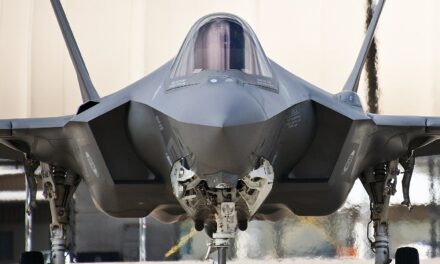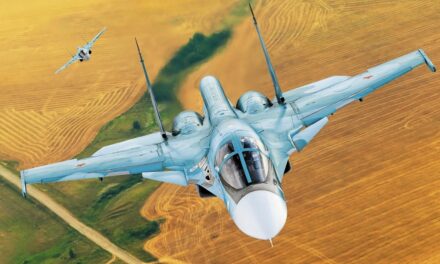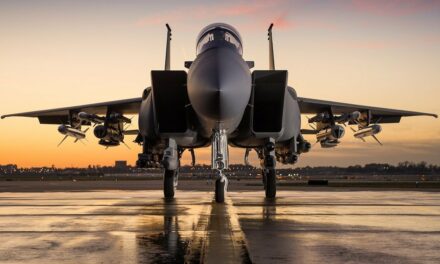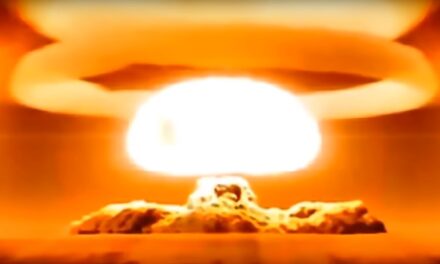We support our Publishers and Content Creators. You can view this story on their website by CLICKING HERE.
Too Expensive? The U.S. Air Force’s Next-Generation Air Dominance (NGAD) program faces challenges, including a pause in research and development due to high costs (estimated at $300 million per plane) and uncertain technological requirements.
-However, the program remains active, with a review potentially concluding by year-end 2024. NGAD aims to replace the F-22 and work alongside the B-21 stealth bomber and Collaborative Combat Aircraft (CCA), enhancing air superiority, situational awareness, and combat capabilities.
-Air Force leaders are exploring a cost-effective “divide and conquer” strategy, assigning specific missions to NGAD, B-21, and CCAs.
-The future of NGAD depends on securing funding, technological breakthroughs, and alignment with shifting political priorities.
What Is the Latest on NGAD Fighter?
There is currently a bad news good news situation for the U.S. Air Force’s Next-Generation Air Dominance (NGAD) fighter program, which we have covered extensively at 19FortyFive.
The bad news is that the research and development and design work has been placed on hold until further review. This pause is due to the estimated cost of $300 million per airplane and unknown technological requirements. The good news is that the program has not been canceled.
Further positive developments have now been announced – the review pause could be over by the end of this year.
NGAD: What’s Going to Happen Next?
That raises questions. Has the Air Force figured out how to reduce the unit cost to a manageable level for NGAD? Have planners considered the design and technology requirements?
“From a requirements perspective, what I would say is we’re going back and starting at the beginning with ‘What is the thing we’re trying to do?’” said the Vice Chief of Staff General James C. Slife. “‘How do we achieve air superiority in a contested environment?’ would be one way to frame the question. A different way to frame the question would be, ‘How do we build a sixth-gen manned fighter platform?’ I mean, those are not necessarily the same question.”
What We Know About the NGAD
However, this statement raises more questions than it answers. We do know some aspects of the NGAD. It is supposed to be a sixth-generation jet that will replace the F-22. It will be highly stealthy and likely an air superiority jet with multi-mission capability.
Image: Lockheed Martin.
The NGAD will be able act as a drone mothership with tethered autonomous Collaborative Combat Aircraft. These unmanned aerial systems should enable better situational awareness, improved targeting and bomb damage assessment, and combat capabilities that will extend the firepower range of the NGAD.
B-21 and NGAD: A Formidable Team
Another part of the review is the future of B-21 stealth bomber. It would be great if the B-21 and NGAD could be interoperable and collaborate. This would mean the NGAD, with its Collaborative Combat Aircraft, could fly out in front of the B-21 and provide early warning, jamming capabilities, and other types of escort protection. This would give the Air Force unmatched stealthy aerial combat advantages for the 2030s and beyond. There should be at least 100 B-21s built, which would likely mean several dozens of NGADs to combine both airframes fighting in multi-threat environments.
Shift in Acquisition Strategy
Those are a substantial number of capabilities to be figured out in 2024 since it is already November. But maybe the Air Force has been working overtime on the NGAD. Secretary of the Air Force Frank Kendall is worried about the high cost of the sixth generation fighter. He is “exploring ways to break up the NGAD’s capabilities across multiple platforms to lower the overall cost.”
Divide and Conquer
That’s what I believe will happen with the NGAD, B-21, and CCA. For example, ground strike would be the responsibility of the B-21. Intelligence, surveillance, and reconnaissance would be the domain of the CCA. And the NGAD will have the ability to dogfight like no other airplane in existence. This division of labor should bring down the costs of the NGAD and CCAs.
This would be a prudent course of action. But that leaves the question of design and technology for NGAD. What will it look like? How will sixth generation stealth be better than F-35s and F-22s? Will there be hypersonic missiles aboard the NGAD and CCA?
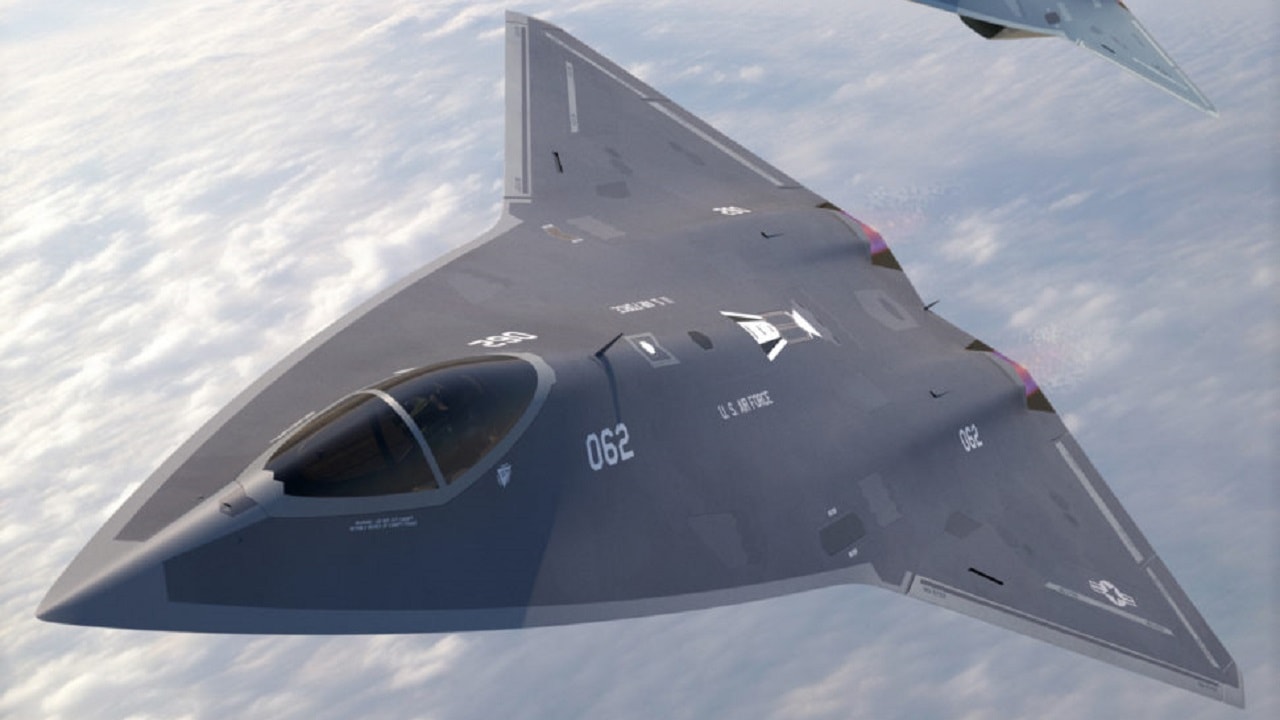
NGAD: Original artwork courtesy of Rodrigo Avella. Follow him on Instagram for more incredible aviation renders.
I’m not sure all of these questions can be answered by the end of December, but at least the pause will be lifted, and more research and development dollars will be greenlit for the NGAD and CCA. The B-21 has so far been on schedule and on budget. Let’s see if the Air Force can make it three for three with the new stealth bomber, the NGAD, and CCA. This is the future of air combat, and the stakes are high.
Time, money, and resources requirements are always a problem. There will be a new president with shifting defense acquisition views and a different Congressional composition with Republicans perhaps taking over the Senate and the Democrats controlling the House. That means many cooks in the kitchen for NGAD and CCA, including a different Secretary of Defense unless Lloyd Austin remains on board. NGAD is still young enough to be cancelled and the coming months could determine its ultimate fate.
About the Author: Dr. Brent M. Eastwood
Brent M. Eastwood, PhD, is the author of Don’t Turn Your Back On the World: a Conservative Foreign Policy and Humans, Machines, and Data: Future Trends in Warfare plus two other books. Brent was the founder and CEO of a tech firm that predicted world events using artificial intelligence. He served as a legislative fellow for U.S. Senator Tim Scott and advised the senator on defense and foreign policy issues. He has taught at American University, George Washington University, and George Mason University. Brent is a former U.S. Army Infantry officer. He can be followed on X @BMEastwood.

 Conservative
Conservative  Search
Search Trending
Trending Current News
Current News 